The 10 Coolest Servers Of 2014 (So Far)
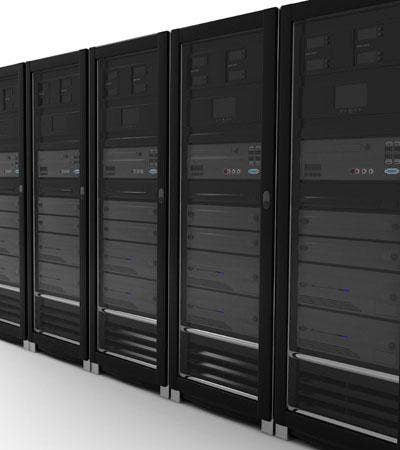
Managing Workloads From The Mundane To The Sophisticated
While some industry observers wonder whether servers have a big future in data centers in the face of virtualization and the cloud, vendors and their channel partners continue to bring to market new models that increase the efficiency of SMB and enterprise workloads.
Those servers, ranging from simple uniprocessor models to powerful systems using water cooling to cut power consumption, continue to bring new capabilities to customers big and small.
For a look at the wide range of server technologies coming to market, just turn the page.
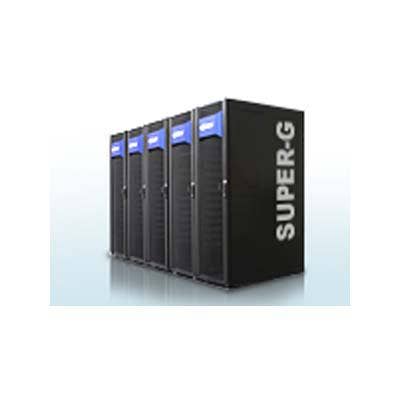
Amax: OCP-Ready HPC Server
Fremont, Calif.-based system builder Amax in March unveiled the Xr-2201Gk4, a 19-inch GPU-based, high performance computing (HPC) server platform based on Facebook's Open Compute Project (OCP) design.
The 2201Gk4, a 2U building block in Amax's ClusterMax SuperG GPU cluster for HPC applications, supports dual Intel Xeon E5-2600 v2 processors, 24 DIMM slots for up to 768 GB of RAM, four 1-Gb networking ports, and an optional Intel RAID-on-Chip controller. They can be configured with dual GPU or Xeon Phi cards for use in parallel-computing applications such as database mining, risk analytics, life and earth science modeling and seismic exploration, as well as cloud and big data analytics applications.
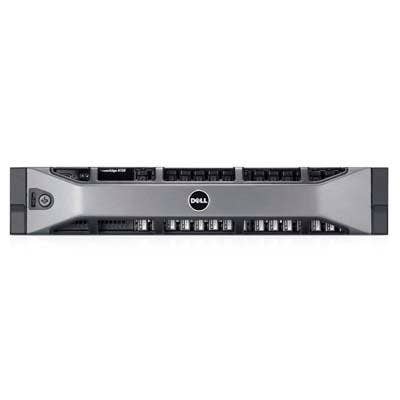
Dell: In-Memory Appliance for Cloudera Enterprise
Dell in June unveiled the Dell In-Memory Appliance for Cloudera Enterprise, an integrated appliance targeting Cloudera's open-source Hadoop big data technology.
The appliance includes a Dell server preintegrated with the Cloudera Enterprise application, and comes in two versions. The first, a midmarket solution for scale-up applications, features the Dell PowerEdge R720XD server with the Apache Spark DataBrick for realtime analytics on streaming data.
The second, an enterprise scale-out solution, features the Dell PowerEdge R920 server with Intel Xeon E7 processors tuned specifically to big data applications. It also includes ScaleMP’s Versatile SMP, or vSMP, architecture, which aggregates multiple x86 servers into a single virtual machine.
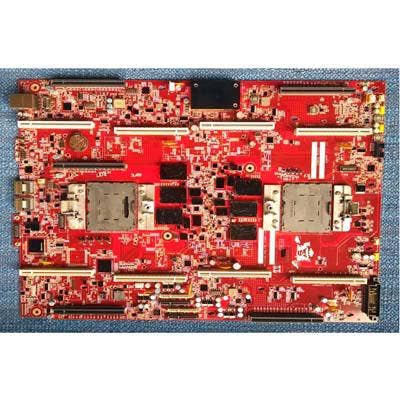
Google: Looking At IBM's Power8 Technology
IBM is open sourcing its Power server technology via the OpenPOWER Foundation, and one of the first partners to take advantage is Google, which in April blogged about a prototype server based on the Power processor.
Gordon MacKean, a senior director at Google and chairman of the OpenPOWER Foundation, wrote in an April 28 blog post that Google built the server to port its software stack to the Power architecture: "We're always looking to deliver the highest quality of service for our users."
The porting of the stack to the Power architecture proved easy, MacKean also wrote.
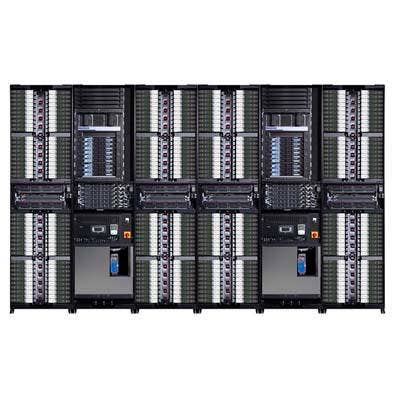
HP: Apollo 8000 Liquid-Cooled "Supercomputer"
Hewlett-Packard is applying new patented technologies to develop its new Apollo 8000, which the company bills as the first 100 percent water-cooled supercomputer, one which overcomes the design difficulties and risks of potential water damage to drive big savings in power and cooling.
The Apollo 8000 is built on a scalable rack design with up to 144 servers per rack to provide four times the teraflops per rack compared to air-cooled designs, HP said. Customers can recycle the warm water used to cool the system as a heat source for their facilities.
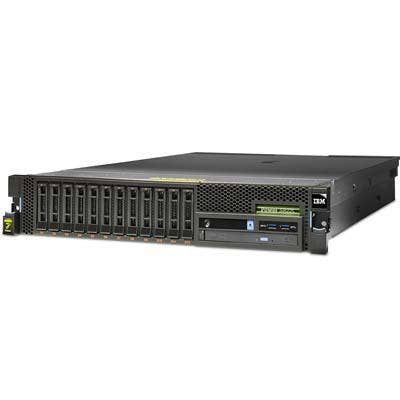
IBM: New Power8 Servers
While IBM is turning away from the x86 server market with a deal to sell that part of its business to China-based Lenovo, it is doubling down on its own Power architecture for new servers.
IBM in June began shipping four flavors of its Power8-based Power System servers optimized for big data workloads. Three of the Power8 systems can run either Linux, IBM AIX, or the IBM i operating system, which the fourth runs Linux exclusively.
According to partners, IBM is incenting them to sell Power8 with "double-digit" guaranteed minimum margins on system sales and offering Processor Value Unit ratings that bring down the software licensing costs for IBM applications by as much as 20 percent to 30 percent.
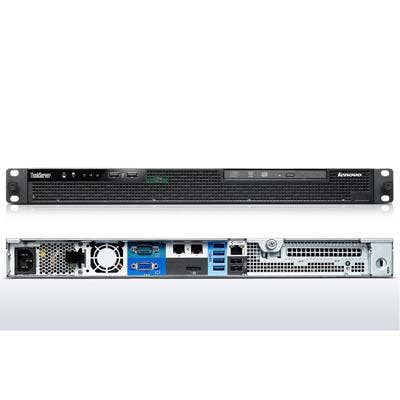
Lenovo: Budget-Friendly ThinkServers For SMBs
Lenovo, Research Triangle Park, N.C., in June unveiled a new line of single-processor 1U servers targeting SMB and remote office deployments. The servers, based on Intel Xeon E3-1200 v3 series processors, include the ThinkServer RS140 with integrated graphic processing for data center edge streaming of media, games and other graphic-intensive web content. Lower-cost versions can be configured with Intel Core i3, Pentium or Celeron processors.
The RS140 supports up to 32 GB of RAM, 8 TB of internal storage and a full-height, half-length PCIe slot. The servers are only 16.2 inches deep, which means they can be deployed in small wiring closets or using two-post racks.
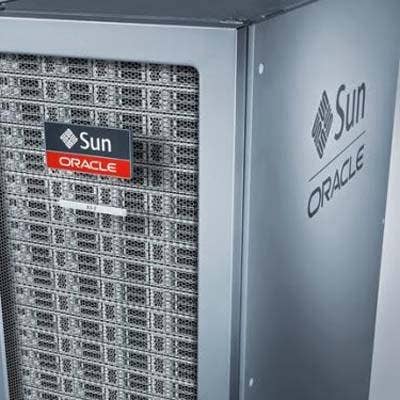
Oracle: New Turnkey Solution For Consolidating Data Center Workloads
Oracle in June unveiled the Oracle Virtual Compute Appliance, the latest in its series of converged infrastructure solutions, or engineered systems in Oracle-speak.
The Oracle Virtual Compute Appliance, designed to help customers get Oracle and third-party applications or services up and running with minimal time spent on provisioning and configuration, streamlines application and service deployments via Oracle VM templates for over 100 Oracle software packages.
Compute nodes for the solution include Oracle's Sun Server X4-2 Xeon processor-based systems running Oracle VM Server for x86 for server virtualization. They connect to the Oracle ZFS Storage ZS3-ES for centrally storing the management environment, as well as providing data storage for virtual machines.
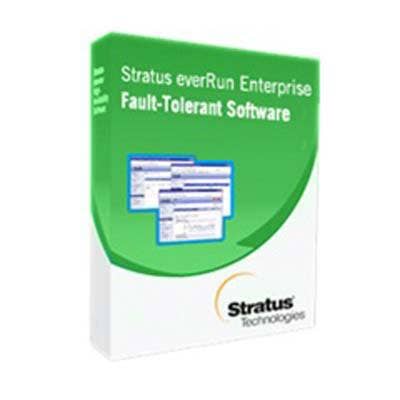
Stratus: Choice Of Highly Available Or Fault-tolerant Operation
Stratus Technologies, Maynard, Mass., in May unveiled not new servers but new additions to its everRun Enterprise software that make it easier for businesses to select the level of availability of their server architectures.
EverRun Enterprise now provides users the flexibility of configuring their industry-standard x86 servers for either fault-tolerant or high-availability levels of protection on the same physical server for business-critical applications. The company also introduced split-site cross campus, a feature that provides application fault tolerance across geographically separated sites.
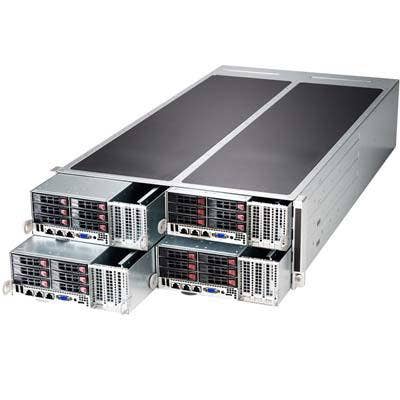
Supermicro: NVMe Server Solutions With Intel PCIe SSDs
Fremont, Calif.-based system builder Super Micro Computer in June unveiled a full range of new 1U to 4U servers featuring NVMe technology paired with new Intel PCIe SSDs.
NVM Express, or NVMe, is an industry specification for taking advantage of PCIe-based SSDs. Supermicro is using NVMe to optimize Intel's SSD PCIe family on its 1U WIO, 2U Data Center Optimized (DCO), 2U TwinPro and 4U FatTwin SuperServers. The company claims the new solutions, when used in data-intensive applications, deliver up to six times the throughput of existing 6-Gbps SATA SSDs.
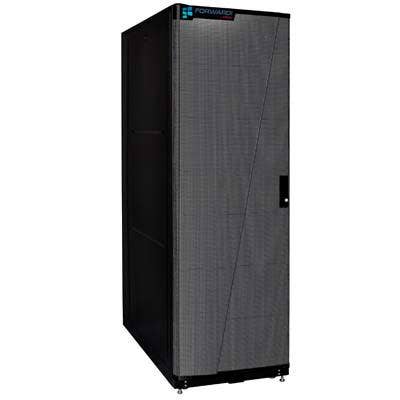
Unisys: New Intel Xeon E7-Based Forward! Servers
Blue Bell, Pa.-based Unisys expanded its Forward! enterprise servers with support for the new Intel Xeon Processor E7 v2 family.
The new high-end Forward! models 4150 and 4120 use the Intel Xeon Processor E7 4800 v2, giving them 48- and 60-processor cores, respectively, per node, or about four times the number of cores in the previous Forward! servers. They have up to 12 partitions per node, with 512 GB of memory per partition.
The midrange Forward! models 2080 and 2100 use the Intel Xeon Processor E5 2600 v2 for up to 16- and 20-processor cores and up to 12 partitions per node, with 384 GB of memory per partition.